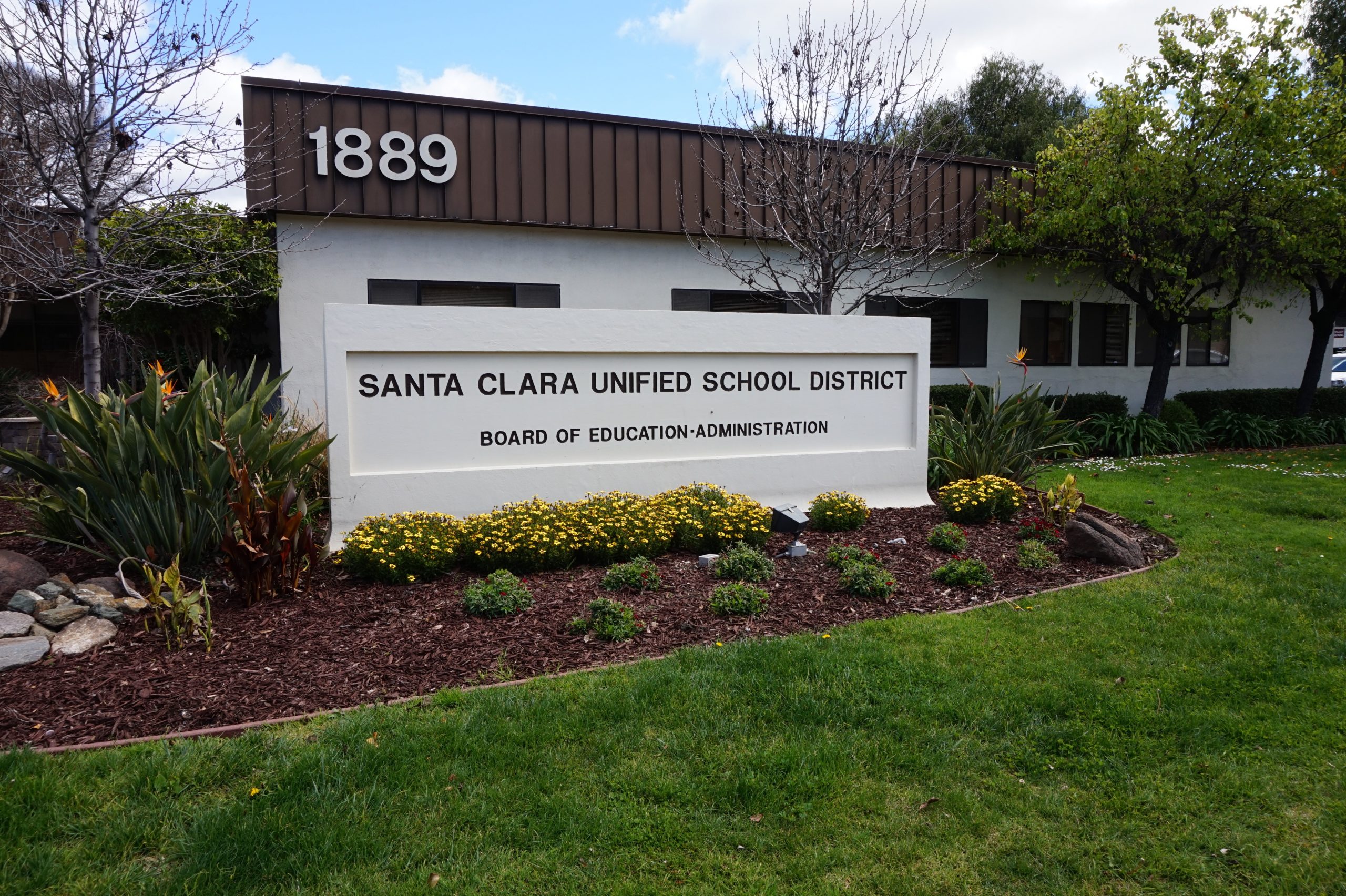On Tuesday, December 11, West Valley-Mission Community College District (WVMCCCD) Board of Trustees held a public hearing on the pros and cons of having a Project Labor Agreement (PLA) on the $350 million Measure C Construction Bond passed in June of 2012. No action was planned or taken on the issue.
“I have received voluminous, voluminous material on this topic,” Board President Nick Heimlich noted drily. But that didn’t deter several dozen people who had come out specifically to address the board on the subject from making their statements.
PLAs are pre-hire agreements with labor organizations establishing wage rates and benefits for all employees working on a specific project. These terms apply to all contractors and subcontractors bidding on the project, as well as anyone working on the project – union and non-union laborers alike. PLAs can include a variety of provisions that can range from blocking strikes to requiring all hiring to be done through union hiring halls.
Although PLAs have been commonplace in the U.S. for the last 80 years – Cape Canaveral, Disney World and the Trans-Alaska Pipeline were all constructed with PLAs in place, and Santa Clara’s rapidly-rising 49ers stadium has a PLA. Over the the last 30 years, there has been a growing debate over PLAs.
Opponents say that PLAs reduce competition and local participation by cutting out small contractors – who would find it onerous to meet some of the contract terms – and, thus drive up construction costs.
Proponents say that PLAs benefit communities because they increase local hiring. This not only brings direct local economic benefits, but also supports a knowledgeable local workforce that increases project efficiency.
In November, the board asked West Valley-Mission district Vice Chancellor Ed Maduli for a report on the question. His analysis was that the research on the question is, as they say, clear as mud.
“There are studies on both sides of the fence,” said Maduli, noting that a well-known National University study on PLAs underwritten by the California Association of Builders (www.thecostofplas.com) concluded PLAs added 15 percent to contrstuction project cost, while a UCLA (www.irle.ucla.edu) study funded by an association of building trades contradicts that finding.
PLAs increase the participation of local contractors, according to Louise Auerholm, author of Working Partnerships’ (www.wpusa.org) October 2012 policy brief, “Effect of Project Labor Agreements On Local Business Utilization In Santa Clara County, California.”
Not true, says Northern California’s Associated Builders and Contractors’ (www.abcggc.org) Nicole Goering; countering with the example of a Contra Costa Community College District where, she said, PLAs reduced the number of potential bidders on a construction project from 17 to 6.
To find the right answer for the community college district, Maduli suggested a comparison project. Build two comparable projects, one with a PLA and the other without, and compare the results.
Maduli also honed in on another critical question that hasn’t been clearly answered by the board: What’s the public policy objective for the district of entering into a PLA?
“In our area we have five community college districts [using] PLAs…and they’re happy with them,” reported Maduli. “But the policy objective is clear…a construction careers agreement. Unfortunately for this district we do not have a construction technology program, nor are there plans to start one.”
If the policy goal is local business participation, Maduli noted that the district is already using methods that foster that; including uniform cost accounting methodology (standardized costing that impedes cut-throat competition) and awarding multi-prime contracts (sequential contract awards for each phase of construction, depending on the specialties needed). “Both of those will increase the participation of local contractors.”
Historically, the district has awarded $565 million in contracts to 54 local contractors within Santa Clara county, reported Maduli. In recent construction at Mission College, over 90 percent of the spending has gone to local contractors.
All of this may be moot anyway, as at the board voted 5-1 at its November meeting to direct staff to negotiate a PLA for Measure C construction “as it sees fit for the benefit of the District.” Heimlich voted against the item.
You can find Vice Chancellor Maduli’s report on PLAs by visiting www.wvm.edu/group.aspx?id=36, selecting “Documents” from the right side menu, and “12.11.12 Board of Trustees Meeting.”





